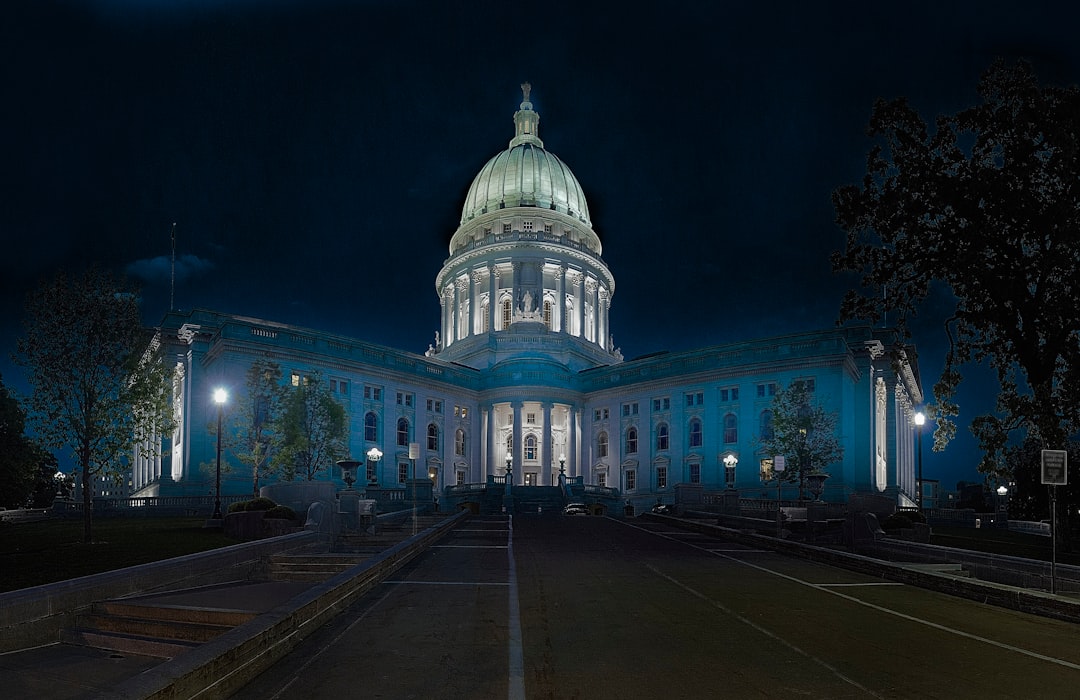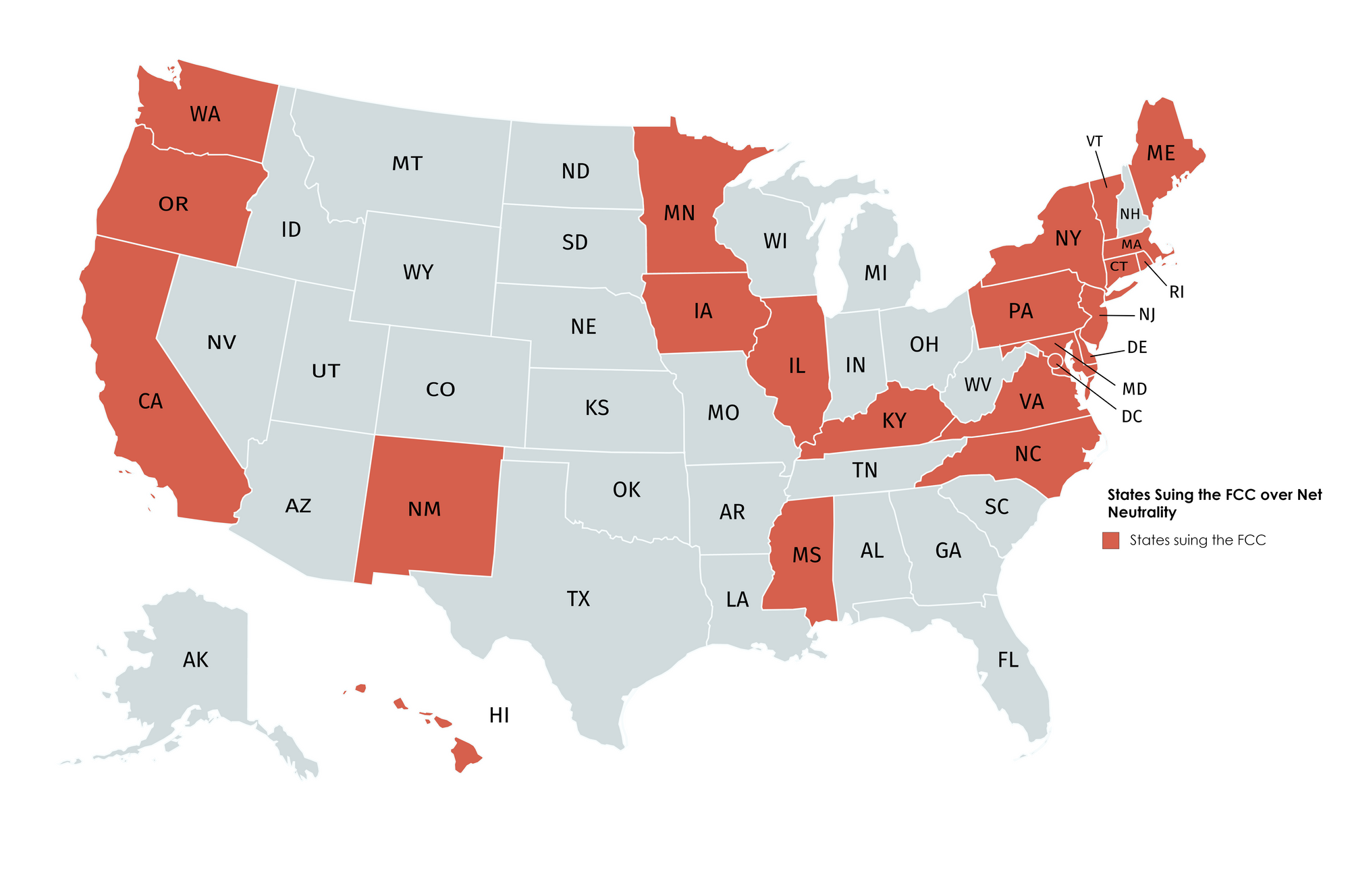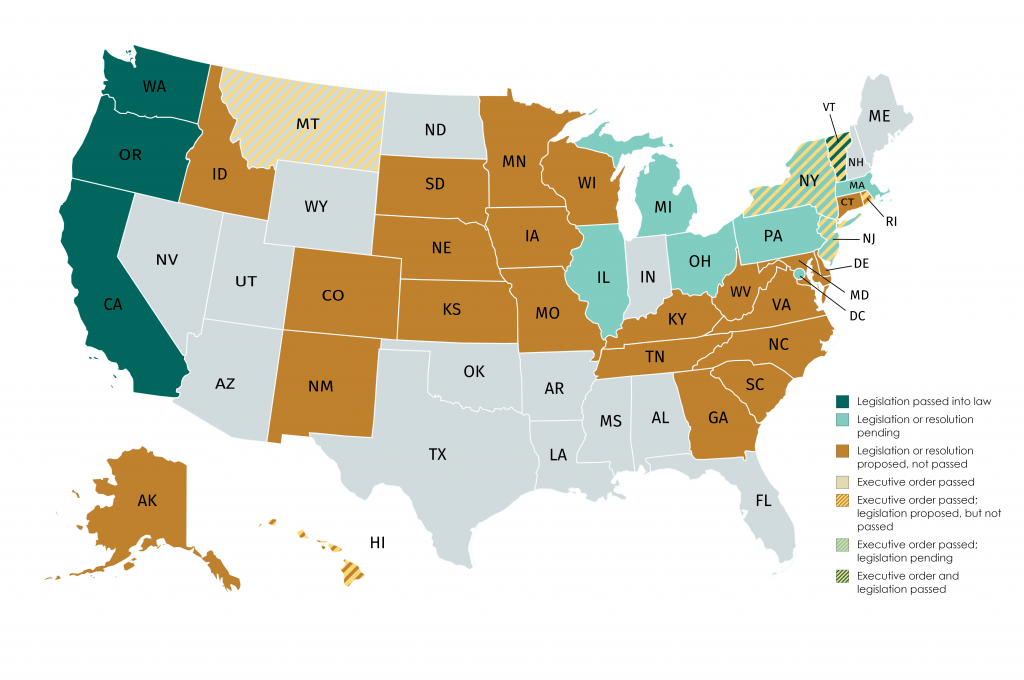While a few years ago, Net Neutrality was only a niche subject talked about in the Bay Area, in recent years the debate has been spreading coast-to-coast, well beyond the usual boundaries of social circles.
With online streaming and the cable-cutting movement gaining momentum, the Internet is now part of the daily life of millions of American families. What was at first just a military project has now become the backbone of the US economy: financial transactions, health records, research and educational content, entertainment, corporate communications…
The uses of the Web have changed – especially with the increasing dominance of streaming video requiring more and more bandwidth – yet the networks remained the same. In most parts of the US, there is only one choice of Internet Service Provider. Even the definition of the word “broadband” is problematic nationwide, as some interest groups strive to have the speed required to call an internet connection “high speed” lowered. This difficulty to even define broadband shows that the whole fight around net neutrality is waged through rhetoric, lobbying and subpoenas.
Outline
- What exactly is net neutrality?
- The alphabet soup: FCC, FTC and AT&T
- A state-led fight?
What exactly is net neutrality?
Definition
The term “net neutrality” was first coined by Tim Wu, a Columbia law professor. Net neutrality first appeared in his 2013 cornerstone paper that introduced the concept to the world, and accurately predicted the debate that it would stir up:
“Communications regulators over the next decade will spend increasing time on conflicts between the private interests of broadband providers and the public’s interest in a competitive innovation environment centered on the Internet” – Tim Wu (2013)
Fast lanes
But knowing the origins of the word does not explain its meaning. According to the Oxford English Dictionary, net neutrality – short for network neutrality – is “the fact or principle of Internet service providers enabling access to all content and applications regardless of the source or destination, and without favouring or blocking particular formats, products, websites, etc.” This basically means that when net neutrality is applied ISPs – Internet Service Providers – cannot discriminate the internet traffic passing through their infrastructure. Therefore, they treat all data flow equally, and do not make some faster or slower: neither “boosting” their affiliates’ services nor “throttling” their competitors or the companies that refuse to pay more.
The idea of favouring or throttling traffic is related to the concept of big companies being able to buy their way into the fast lanes, leaving everyone else in the slow lane: a tiered service with two speeds. Another risk is ISPs artificially slowing down services and websites they do not like or that compete with their own services – for instance Netflix – or downright blocking them.
The effects of Net Neutrality on innovation
Net neutrality rules can be seen as guaranteeing competition and innovation: they warranty the same speed to access both tech giants such as Facebook as to access any startup’s website. Startups do not have the same resources as the big tech companies, and would not be able to afford to pay the premium for the fast lanes:
“entrepreneurs are rightly concerned that large companies will spend heavily to dominate fast-lane access, making it harder for some startups, such as bandwidth-hungry mobile video companies, to challenge them. […] Young companies that pay up for higher speeds would have to pass those costs on to consumers, making it harder to compete with bigger players”
– Martin Giles, MIT Technology Review (2017)
This effectively means that in the case of the application of fast lanes, startups must choose between a price increase for their products/services and a more frustrating experience. Without net neutrality, Facebook would not have been able to replace MySpace: by preventing fair competition on the internet, the best product and services do not have the possibility to reach potential customers. Therefore, net neutrality removal actually hinders innovation.
Deeper consequences
When net neutrality is not applied, consequences can be much more serious than buffering Netflix episodes and sluggish web pages. The absence of net neutrality can downright put human lives in danger: Verizon limited Californian firefighters’ internet access during this year’s summer fires, effectively limiting their ability to communicate and coordinate their team effort.
So how does this idea of net neutrality apply to the US? Are there Federal laws regulating whether ISPs have the right to prioritise internet traffic?
The alphabet soup: FCC, FTC and AT&T

The state of the internet in the US
In the US, most American families do not have a wide choice of options when it comes to telecom providers:
“89 percent of Americans have but one or two options for broadband, and one of them is often much slower than the other” – Nilay Patel, The Verge
This situation is the result of a near monopoly of the Telecom industry by few companies that capture most subscribers, and the lateness in applying One Touch Ready rules that allow several providers to easily share utility poles.
A tale of two commissions: FCC and FTC
The Federal Communications Commission was founded in 1934 to consolidate the duties of regulating communications and broadcasting in a single agency. “Its prime directive was to create “a rapid, efficient, nationwide, and worldwide wire and radio communication service.” (source: Batten, Donna, ed. ‘Federal Communications Commission (FCC)/Regulations’. In Gale Encyclopedia of Everyday Law, 3rd ed., 2:1389–94. Detroit, MI: Gale, 2013); essentially guaranteeing a fair access to these then-current communication technologies to American consumers. Even though the FCC has grown from 233 employees to more than a thousand, its core mission is supposed to remain the same – except it is not about the telegraph anymore. On the other hand, the FTC is all about trade.
In 2010, the FCC created the Open Internet Order based upon Tim Wu’s recommendations. In 2015, F.C.C set new net neutrality rules that reclassified high-speed internet as a telecommunications service rather than an information one, under Title II of the Communication Act. It also came with a catchall provision, requiring “just and reasonable conduct” from Internet providers. In 2017, Ajit Pai repealed the 2015 rules.
The extremely close ties of the US Government with the Telecom sector became obvious when President Obama chose Tom Wheeler, a former lobbyist for the big cable companies, to regulate the sector itself.
Ajit Pai, his fabricated attacks and the fake comments
The FCC opened a comment section on the FCC website, but this consultation was riddled with issues: the website was unavailable for extended periods of time, all because of what Ajit Pai claimed at first to be DDoS (Distributed Denial of Service) attacks, and the majority of comments were not written by American citizens, but by automated scripts using stolen identities to artificially upset the balance in favour of the end of net neutrality.
With the shortcomings of the Federal Government, can the issues be fixed at the level of states?
A State-Led fight?
Several strategies are being explored by pro-net neutrality states to oppose the FCC ruling: suing the FCC, changing the requirement for ISP state grants, or creating their very own net neutrality rules directly at the state-level.

21 state attorneys general filed a “protective petition for review” to reserve a spot in court challenges against the FCC. The states are calling the Commission’s rollback of net neutrality rules “arbitrary and capricious”.
State Petitioners seek a determination by this Court that the Order is arbitrary, capricious, and an abuse of discretion […], violates federal law, including, but not limited to, The Constitution, The Communications Act of 1934 […] and is otherwise contrary to law.
The 21 states are not alone in their action of suing the FCC: consumer rights advocacy groups Public Knowledge and New America’s Open Technology Institute also filed similar lawsuits, along with the non-profit Mozilla – the maker of the Firefox web browser –.
Pioneering Washington and Californian state laws
Even though the net neutrality rules were deprecated at a national level, States can apply their own laws to try and fix the problem.
Washington was the first state to approve a net-neutrality law, which prompted other states to follow suit and draft their own legislation. This map by the NRRI shows the current state of net neutrality laws in states:

California is known for its history of defiance towards the Federal Government. And the impact of laws passed by the CA government often lead to big scale changes that trickle down to other states, such as in the case of the automobile emissions laws that forced automakers to redesign their production plants and processes. With its net neutrality law which is the toughest one to date, California strives to have a greater impact nation-wide, establishing the state as a beacon of equality and fairness.
“California has a long and questionable history of passing laws and regulations that end up applying to the whole country, because companies don’t want to or can’t change their products to sell them just in California,” said Geoffrey Manne, executive director of the International Center for Law & Economics, a research group. […] The internet doesn’t lend itself cleanly to state lines.
– Joshua Brustein, Bloomberg, 5 January 2018
But this bill was met with hostility from the whole telecom industry, and even the DoJ.
The power of states vs. the Federal Government
Within hours of Brown signing the bill, the Department of Justice filed suit against the state of California, calling it “an extreme and illegal state law attempting to frustrate federal policy” that would result in “irreparable harm” to the United States.
The DOJ are not the only ones trying to shut down the Californian net neutrality bill: the whole telecom industry called for blood: the “mobile industry lobby CTIA, cable industry lobby NCTA, telco lobby USTelecom, and the American Cable Association, which represents small and mid-size cable companies. Together, these four lobby groups represent all the biggest mobile and home Internet providers in the US and hundreds of smaller ISPs. Comcast, Charter, AT&T, Verizon, T-Mobile US, Sprint, Cox, Frontier, and CenturyLink are among the groups’ members.”. The telecom industry thus calls California’s net neutrality law “a classic example of unconstitutional state regulation”.
Such a lawsuit against a state is not an isolated case, the entire broadband industry also more recently sued Vermont. Compared to California’s net neutrality law, the one passed in Vermont has a much narrower scope: net neutrality rules only apply to state government contractors. The executive order created a new process for ISPs to certify that they respect net neutrality rules. State agencies are to buy internet service only from providers certified under the new scheme. The lawsuit against the state says that the new net neutrality law and its associated executive order “impose pervasive common-carrier net neutrality mandates on an ISP at the moment it signs a service contract with the State”. It also states:
Under the Supremacy Clause of the United States Constitution, state measures that contravene validly adopted federal laws and policy determinations, including those contained in FCC orders, are preempted and have no force or effect.
Ironically, by removing the net neutrality rules that classified ISPs as Title II providers, the FCC stripped itself from the authority to regulate the market, and thus cannot legally prevent states from passing their own net neutrality laws:
“the FCC has deliberately removed all of its sources of authority that would allow it to adopt net neutrality protections. The FCC’s Order is explicit on this point. Since the FCC’s 2017 Order removed the agency’s authority to adopt net neutrality protections, it doesn’t have authority to prevent the states from doing so, either." - Stanford Cyberlaw
Conclusion
As demonstrated, net neutrality is a complex issue that involves many parties: broadband providers, consumer protection groups and, of course, the courts.
The widely differing opinions of the states and the Federal Government on Net Neutrality make it a perfect example of legal battles over what Federalism is. What legislation can states pass without having them labelled as ‘state overreaching’ by the Federal agencies? Besides, Net Neutrality is a rapidly shifting subject, rife with lawsuits, calls for laws and other types of legal process. California agreed to momentarily suspend its state net neutrality law pending clarification on the pre-emption issue. States are supposed to have a special standing, but some scholars argue that states are “entitled to ‘special solicitude’ in the standing analysis in only one context: when they seek to enforce or defend state law.” (Source: Tara L Grove, ‘When Can a State Sue the United States’, CORNELL LAW REVIEW 101).
While it is not yet clear if any of the state net neutrality laws will actually work, such laws have at least the merit of advancing the debate. AT&T’s CEO called for new Net Neutrality laws in order to avoid the risk of having to conform to 50 different net neutrality laws. Randall Stephenson said in an interview: “What would be a total disaster […] is to pick our head up and have 50 different sets of rules for companies trying to operate in the United States.”
Are state laws an effective bogeyman for the ISPs that wish for the end of net neutrality? What do you think? Tell us in the comments!




